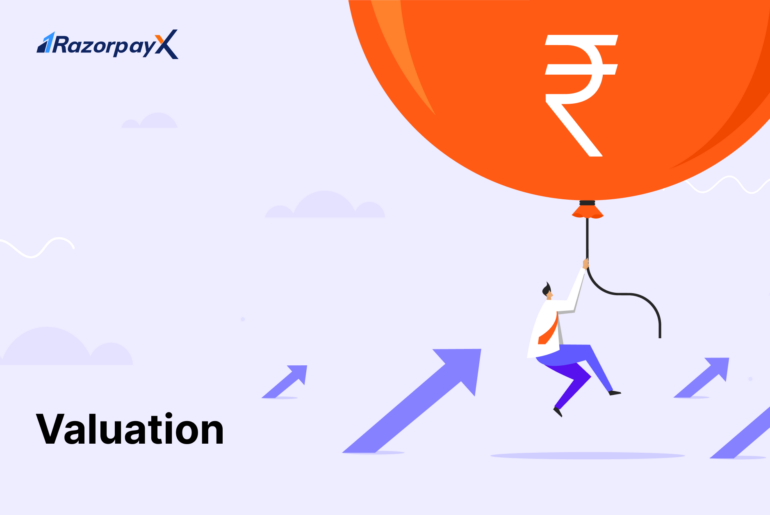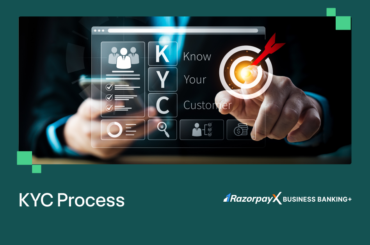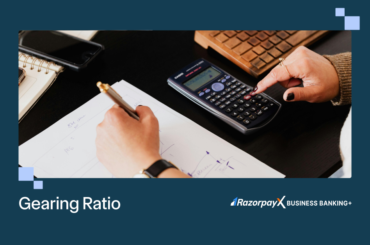Table of Contents
What is Valuation?
Valuation is the process of calculating the current, or projected worth of assets of a company. There are many different ways and techniques of calculating the valuation of a company, depending on the reason for valuation.
An analyst takes several factors into consideration when calculating the value of a company – the market value, capital structure, future projections, management structure and more.
The value of a company can be calculated for many reasons. The most common reason is sale of assets or sale of the business itself. In times of divestiture or sale, it is important to know if the business or its assets are overvalued or undervalued so the management can get the best price possible.
Understanding Valuation
Fundamentally, valuation is determined by comparing what the buyer is willing to pay and what the seller is willing to accept. There are two kinds of value that can be calculated for an asset:
Fair Value
This is the value of an asset that is mutually agreed upon by both buyer and seller. It is measured by taking into consideration the market value of the asset, its growth potential and projected future performance.
It may not be the true value of the asset, because the perception of the buyer and seller and overall market demand play an important role in determining the fair value of an asset.
Intrinsic Value
The intrinsic value is the true, actual value of an asset independent of its market value. The goal is to determine the value that the asset should have based on its fundamentals.
If the intrinsic value is higher than the market price, the asset may be considered undervalued and potentially a good investment opportunity.
Analysts use valuation models to find out whether the asset is overvalued or undervalued and help the buyer get the best price possible.
Types of Valuation Models
-
Relative Valuation Model
In relative valuation models, analysts compare the company’s net worth with other companies of similar niches. It is assessed based on the ratios like earnings-per-share or price-to-earnings multiples.
Earning-per-share (EPS) is calculated based on the number of earnings of shareholders of shares divided by the number of outstanding shares in a market. In contrast, price-to-earning is assessed by market value per share divided by the earning-per-share.
-
Absolute Valuation Model
In absolute valuation models, analysts try to find the true or intrinsic value of a company following market fundamentals. It means looking at the company’s cash flow, dividends payment and growth graph. This model does not require any comparison with other companies. Further, it follows different types of absolute valuation models for a complete assessment. This includes discounted cash flow model, asset-based model, dividend discount model, etc.
When compared, assessment of a company’s worth using the relative valuation model is easier than the absolute valuation model. For example, if the price-to-earning of a company is less as compared to that of other companies, a former company’s shares appear to be undervalued.
What are the Types of Valuation Methods?
-
Comparable Method
In this method, analysts compare a company’s metrics with other companies of similar industry and size. It considers the past transactions of similar companies to estimate appropriate value. For example, in asset-based valuation methods, analysts add all market value of assets, to get the intrinsic value of a company and compare the same with other businesses.
However, depending on a company’s niche and mode of operation, different models are suitable for different companies. For instance, it is inappropriate to use an asset-based model for a company that has not acquired sufficient assets. For them, it is more feasible to follow an earning-based approach.
-
Precedent Transaction Method
The precedent transaction method is a process where analysts assess a company against other similar companies sold recently. Generally, this valuation method is necessary during a merger or acquisition with another company.
-
Discounted Cash Flow Method
In this process, analysts determine investment or asset value based on cash inflows and outflows generated by these factors. While calculating, these cash flows are discounted with a rate based on their current value. It indicates an assumption of interest rates or rates of return made by investors.
Let’s understand it with an example. When a company purchases machinery or plants for its new factory, there will be a cash outflow. Now this cash outflow will be assessed by the cash inflow generated by this asset. These cash flows are discounted to the current value to determine the net present value of a business.
Example of Valuation
One way a company’s valuation is calculated is the market capitalisation, or its market cap. A company’s market cap is calculated by multiplying each share price with the total number of shares outstanding in a market.
For instance, if the value of a company share is Rs. 50, and there are 1,00,000 shares outstanding in the open market, then its market capitalisation is Rs. 50,00,000.
Effect of Earnings on Valuation
EPS acts as a profit indicator. It means the greater the value of earnings from shares, the more valuable will be the company’s shares. In addition to this, analysts also use price-to-earning (P/E) for stock valuation. This ratio determines the level of the stock price concerning the earnings generated by each share.
It’s important to note that valuation methods can vary depending on a company’s industry, stage of development, and specific circumstances. Valuing a company is a complex task that often requires a combination of quantitative analysis, qualitative factors, and market conditions.
What is the Purpose of Valuation?
The general purpose of a valuation is to calculate the worth of a company. This approach allows buyers to understand a company’s prospects and how much worth is an asset in comparison to its current market price. Thus, sellers can estimate the selling price of the assets.
Valuation is pivotal when there is a scenario of merger and acquisition or in case of winding up. In addition to this, a company may undergo a valuation during capital financing or security investment.
Contribution of RazorpayX to Seamless Corporate Operations
RazorpayX, a premium banking suite offers a myriad of features that makes modern-day banking and book-keeping seamless and time-saving. With automation mode catering to evolving banking needs, this business banking platform assists business owners with impeccable money management. For instance, access to current accounts powered by RazorpayX helps with keeping track of day-to-day cash inflows and outflows.
In addition, services like vendor payments initiated by RazorpayX free businesses from the hassle of handling invoices manually. With the help of this tool, companies can capture invoices automatically which eventually increases their financial standing and builds market goodwill.
Read more:
FAQs
How does valuation affect the strategic planning of a company?
Most companies conduct a valuation before investing in a project or large assets. As this investment increases the net present value of a company, hence the process is important for future profitability and adding value to a business.
What is the core advantage of a business valuation?
Valuation of a business offers a clear idea of where a business stands in terms of earning-per-share and other metrics. This approach also lets buyers know how much they will pay for an asset of a company.
How does market value affect the balance sheet?
The market value of assets affects the balance sheet profoundly and shows the liquidation of assets. Moreover, it helps to analyze the tax liability on liquidated assets that have an entry in the balance sheet.
What is a valuation of goodwill?
As goodwill is an intangible asset, the valuation of the same is based on assumptions mostly. It considers the reputation earned by a company and develops trust among its investors and clients. Some of the methods used to value goodwill are super-profit methods and average-profit methods.





